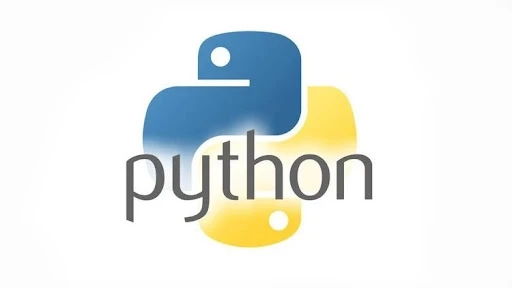Python has risen in popularity as a powerful programming language that can be used to build an impressive array of apps, programs, and systems. Among its many benefits, it’s widely recognized as one of the top languages you can use to implement machine learning because Python allows you to build models and data sets quickly while ensuring accuracy. But with so many libraries available that are designed to help Python developers implement machine learning, how do you determine which ones are most effective?
Here are our top picks of Python libraries designed to make implementing machine learning easier.
1) Numpy
Numpy is a Python module used for scientific computing and is an essential library. This library offers functions that perform advanced mathematical and analytic operations with high speed and efficiency. Some of its main features include linear algebra, Fourier transforms, random number generation, special functions, and image processing. Since Numpy has been designed for large and multidimensional arrays, it can handle data very efficiently.
2) SciPy
SciPy is a Python-based ecosystem of open-source software for mathematics, science, and engineering. It includes modules for statistics, image processing, visualization, and mechanics. It’s widely used in machine learning and data mining applications. SciPy has more than 30 tools that can be used to solve real-world scientific problems using Python. The first step towards implementing machine learning using Python is installing SciPy on your system. You can find instructions here.
3) Pandas
Pandas is a Python package for data analysis and manipulation. It provides programmers with fast, flexible, and expressive data structures designed to make working with relational or labeled data both easy and intuitive. With Pandas, you can quickly and easily manipulate numerical tables/data sets (i.e., spreadsheets) and perform sophisticated statistical analysis.
4) Matplotlib
Matplotlib is a Python 2D plotting library that produces publication-quality figures in a variety of hardcopy formats and interactive environments across platforms. Matplotlib can be used in Python scripts, the Python and IPython shell (ala MATLAB or Mathematica), web application servers, and six graphical user interface toolkits.
5) Scikit-learn
Scikit-learn is a Python module for machine learning built on top of SciPy. It offers a wide range of supervised and unsupervised algorithms for classification, regression, clustering, and dimensionality reduction. This library makes it easy to quickly prototype complex machine learning algorithms using Python.
6) TensorFlow
TensorFlow is an open-source software library for numerical computation using data flow graphs. Nodes in a TensorFlow graph represent mathematical operations, while the graph edges represent the multidimensional data arrays (tensors) communicated between them. The flexible architecture allows you to deploy computation to one or more CPUs or GPUs in a desktop, server, or mobile device with a single API.
7) Keras
Keras is an easy-to-use and powerful library for Theano and TensorFlow that provides a high-level neural networks API capable of running on top of either. It runs on Python 2.7 or 3.5+ systems (including Linux machines, Mac OS X, Windows, etc.)
Conclusion
Python is one of the fastest-growing languages for implementing machine learning applications. This can be accredited to a number of libraries that are available with Python. Therefore python developers in India have gained immense popularity amongst software companies who want to implement custom-made solutions and want them on-demand. Programmers work on a wide range of projects like data integration, web development, etc. for python web development, at reasonable rates with a guarantee of high-quality output.
0


